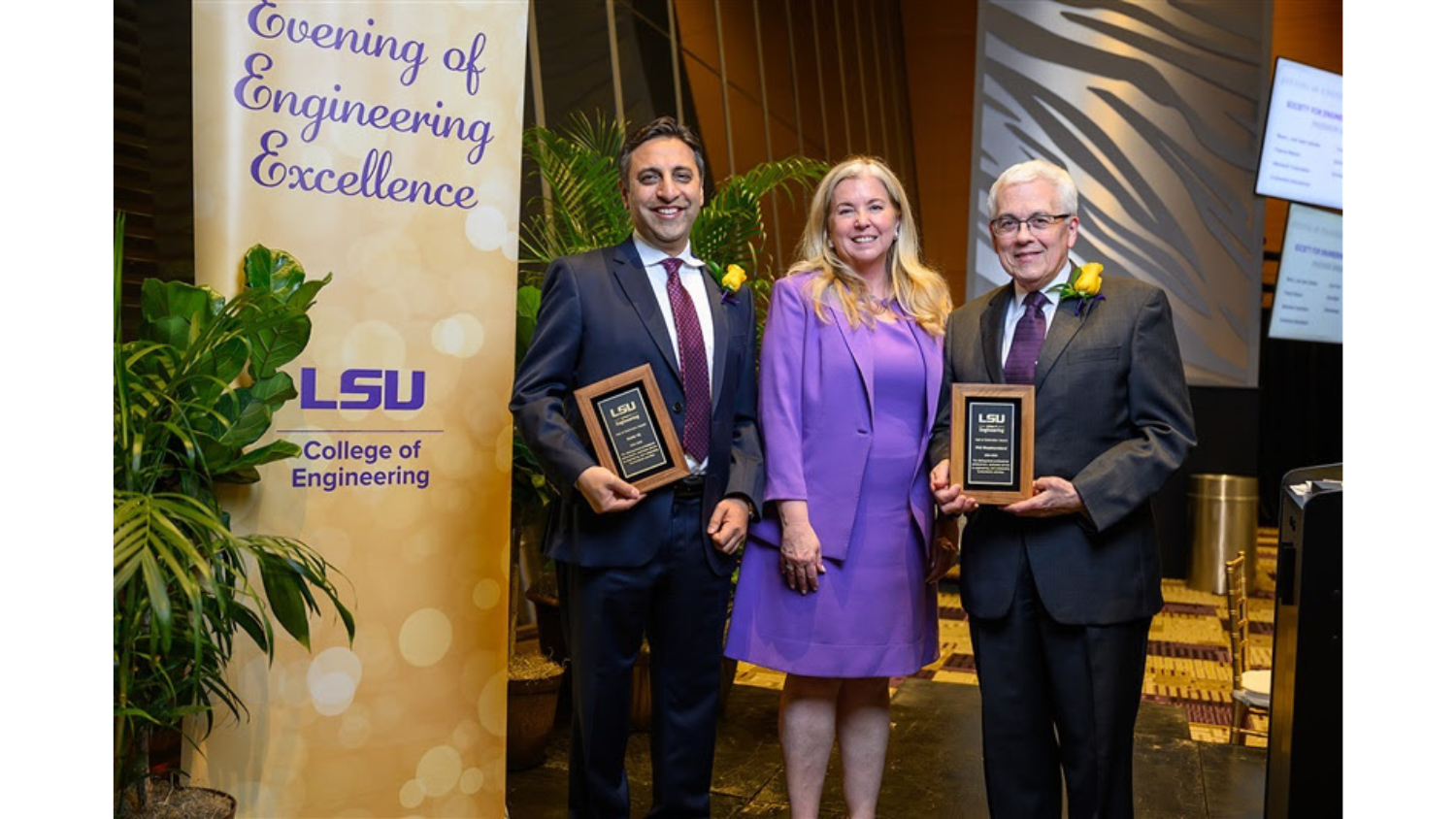Researchers Engineer Probiotic Yeast to Produce Beta-Carotene
This is a modified version of an article written by Matt Shipman, Research Lead in University Communications.
According to the World Health Organization, vitamin A deficiency is a public health problem in more than half of all countries, especially those in Africa and South-East Asia. Moreover, an estimated 250,000–500,000 children who are vitamin A-deficient become blind every year, and half of them die within 12 months of losing their sight.

Professor Nathan Crook and his colleagues have genetically engineered a probiotic yeast, Saccharomyces boulardii, to produce beta-carotene, a precursor of vitamin A, in the guts of laboratory mice. The advance demonstrates the utility of work the researchers have done to develop a suite of genetic engineering tools that can be used to modify the yeast.
“There are clear advantages to being able to engineer probiotics so that they produce the desired molecules right where they are needed,” says Crook, corresponding author of the study and an assistant professor of chemical and biomolecular engineering. “You’re not just delivering drugs or nutrients; you are effectively manufacturing the drugs or nutrients on site.”
Saccharomyces boulardii is considered probiotic because it can survive and thrive in the gut, whereas most other yeast species either can’t tolerate the heat or are broken down by stomach acid. It also can inhibit certain gut infections.
Previous research had shown that it was possible to modify S. boulardii to produce a specific protein in the mouse gut. And there are many well-established tools for genetically engineering baker’s yeast, S. cerevisiae – which is used in a wide variety of biomanufacturing applications. Crook and his collaborators wanted to get a better understanding of which genetic engineering tools would work in S. boulardii.
Specifically, the researchers looked at two tools that are widely used for gene editing with the CRISPR system and dozens of tools that were developed specifically for modifying S. cerevisiae.
“We were a little surprised to learn that most of the S. cerevisiae tools worked really well in S. boulardii,” Crook says. “Honestly, we were relieved because, while they are genetically similar, the differences between the two species are what make S. boulardii so interesting, from a therapeutic perspective.”
Once they had established the viability of the toolkit, the researchers chose to demonstrate its functionality modifying S. boulardii to produce beta-carotene. Their rationale was both prosaic and ambitious.

“On the one hand, beta-carotene is orange – so we could tell how well we were doing just by looking at the colonies of yeast on a petri dish: they literally changed color,” Crook says. “On a more ambitious level, we knew that beta-carotene is a major provitamin A carotenoid, which means that it can be converted into vitamin A by the body – and we knew that vitamin A deficiency is a major public health problem in many parts of the world. So why not try to develop something that has the potential to be useful?”
Researchers tested the modified S. boulardii in a mouse model and found that the yeast cells successfully created beta-carotene in the guts of mice.
“This is a proof of concept, so there are a lot of outstanding questions,” Crook says. “How much of this beta-carotene is getting absorbed by the mice? Are these biologically relevant amounts of beta-carotene? Would it work in humans? All of those are questions we’ll have to address in future work. But we’re excited to see what happens. And we’re excited that these tools are now publicly available for use by others in the research community.”
The paper, “In situ biomanufacturing of small molecules in the mammalian gut by probiotic Saccharomyces boulardii,” appears in the journal ACS Synthetic Biology. Co-first authors of the paper Deniz Durmusoglu and Ibrahim Al’Abri and co-author Scott Collins are Ph.D. students in Prof. Crook’s research lab. Dr. Abdulkerim Eroglu, an assistant professor of nutrigenomics in the Department of Molecular and Structural Biochemistry and Plants for Human Health Institute at NC State, Dr. Junrui Cheng, a postdoctoral researcher at the Plants for Human Health Institute and Dr. Chase Beisel, a professor at the Helmholtz Institute for RNA-based Infection Research were also co-authors.
The work was done with support from the National Science Foundation, under grant CBET-1934284; and the Novo Nordisk Foundation, under grant NNF19SA0035474.
- Categories:


